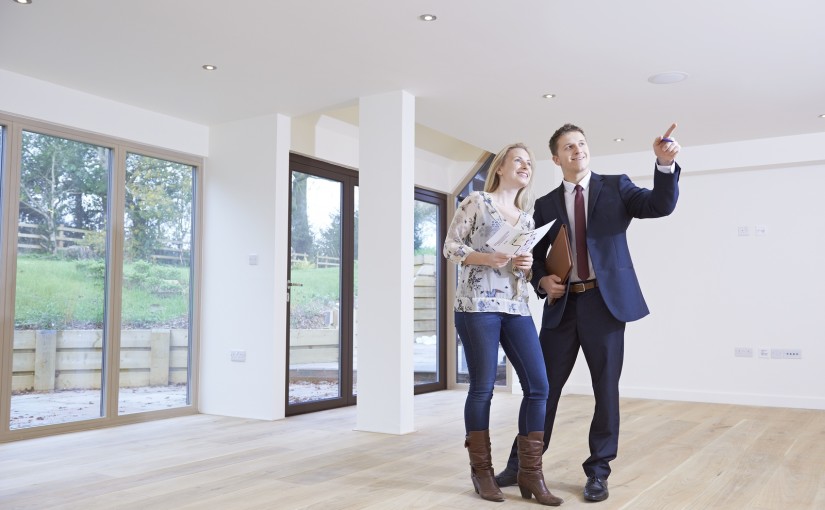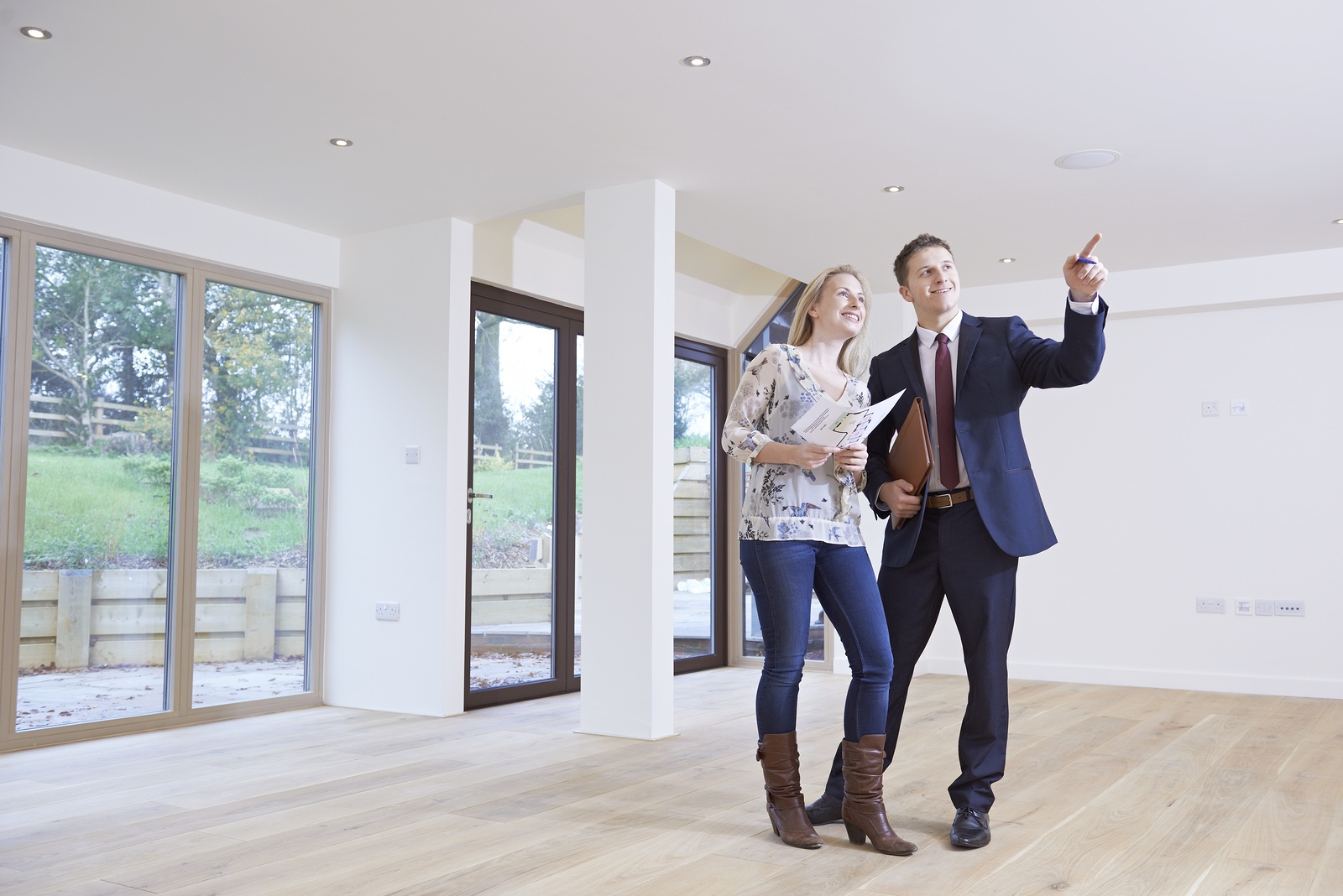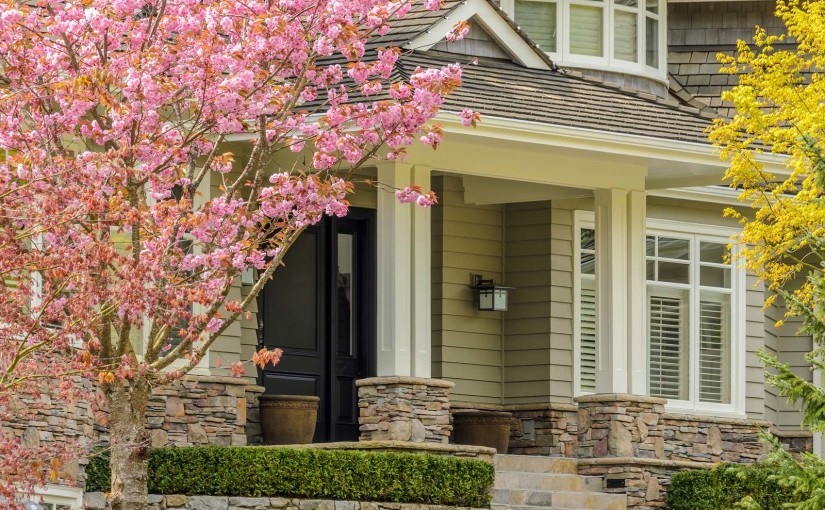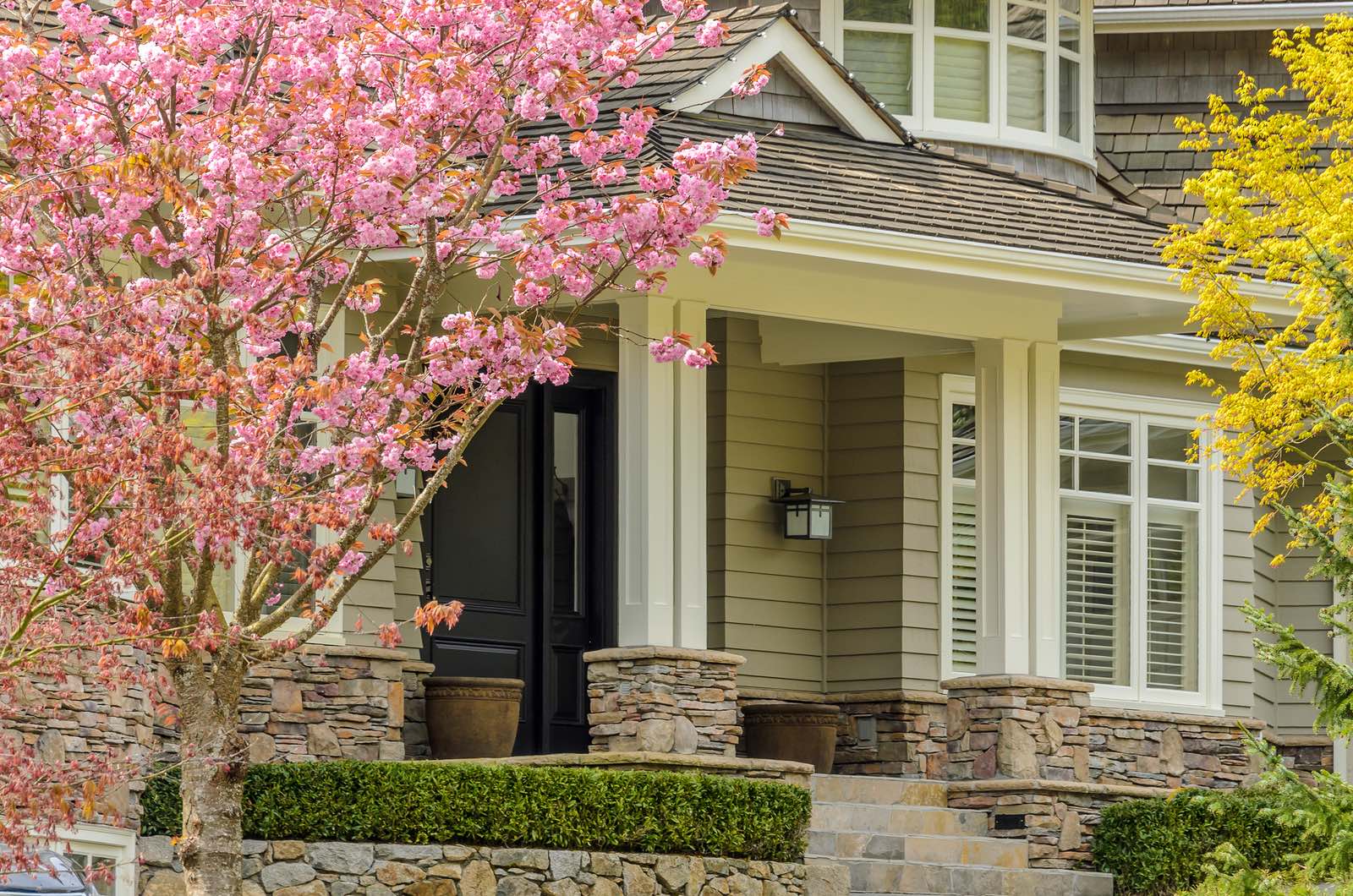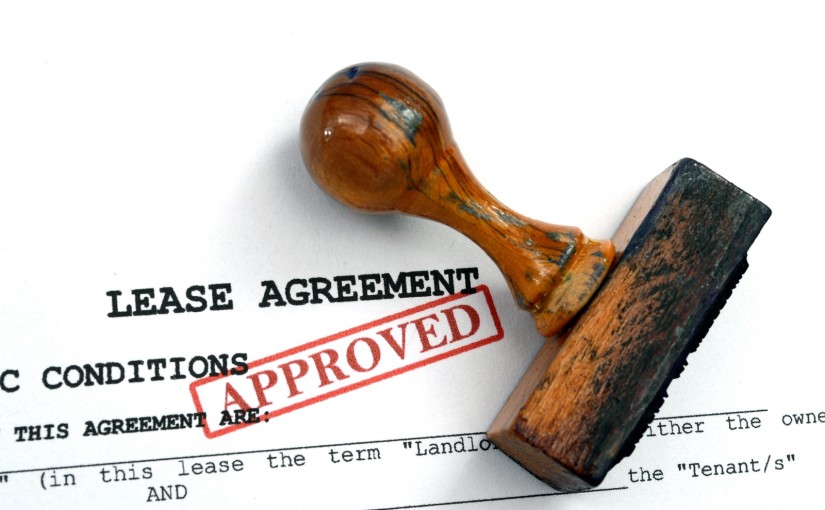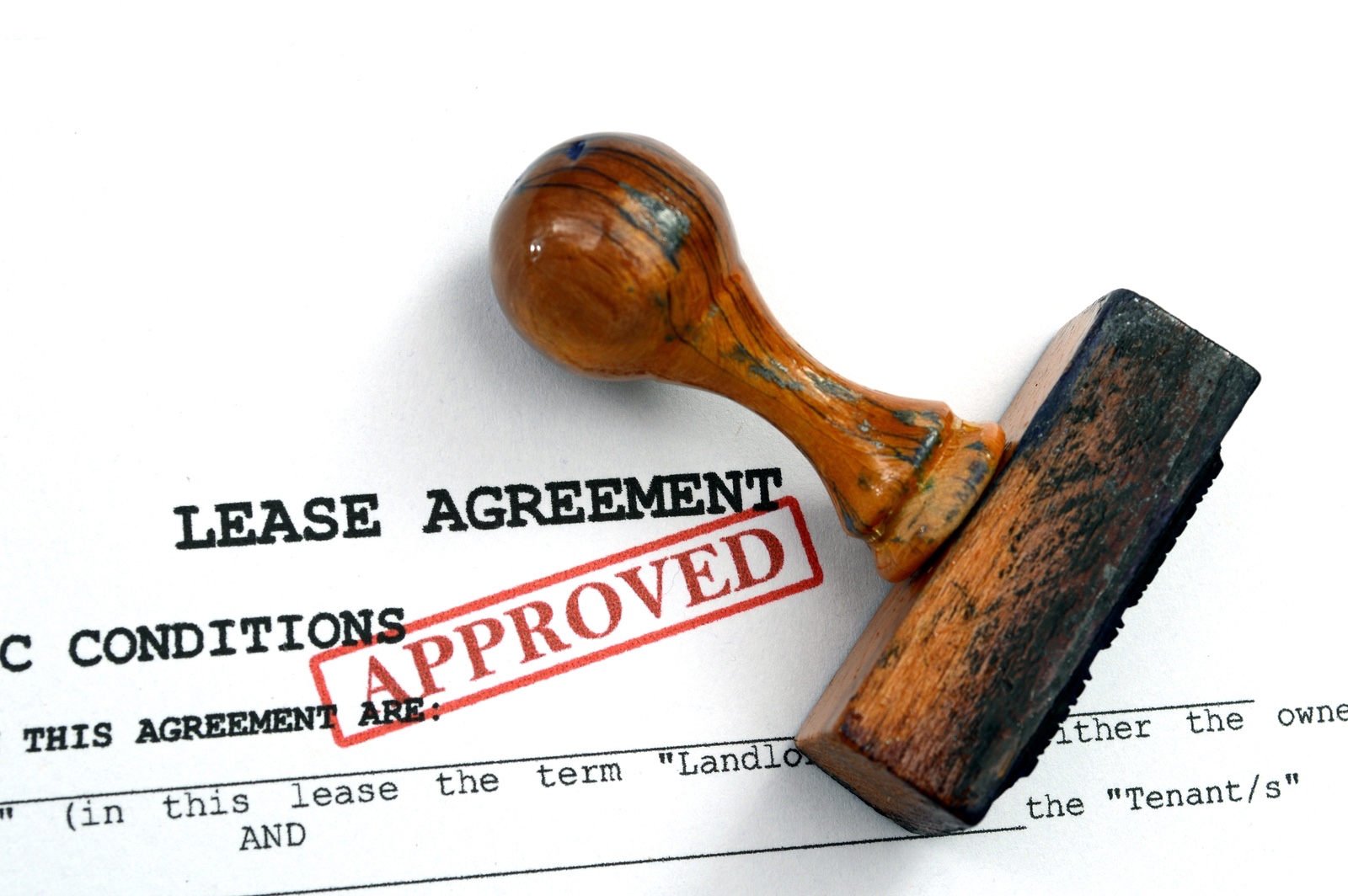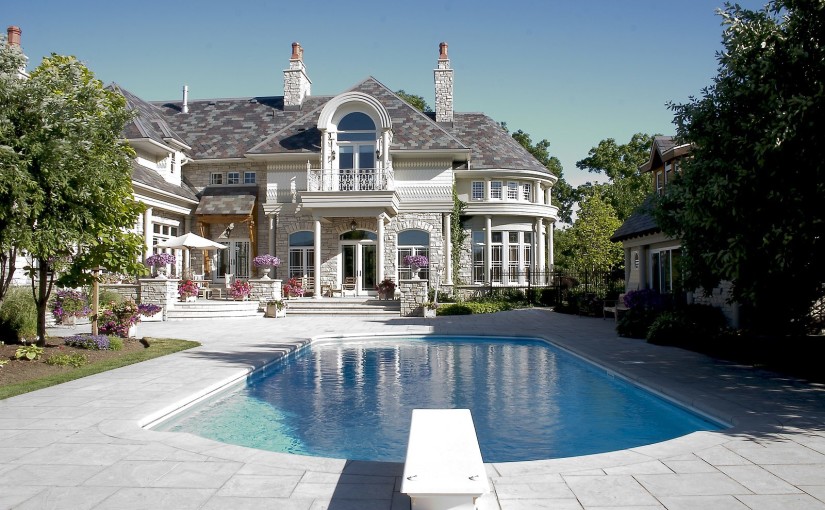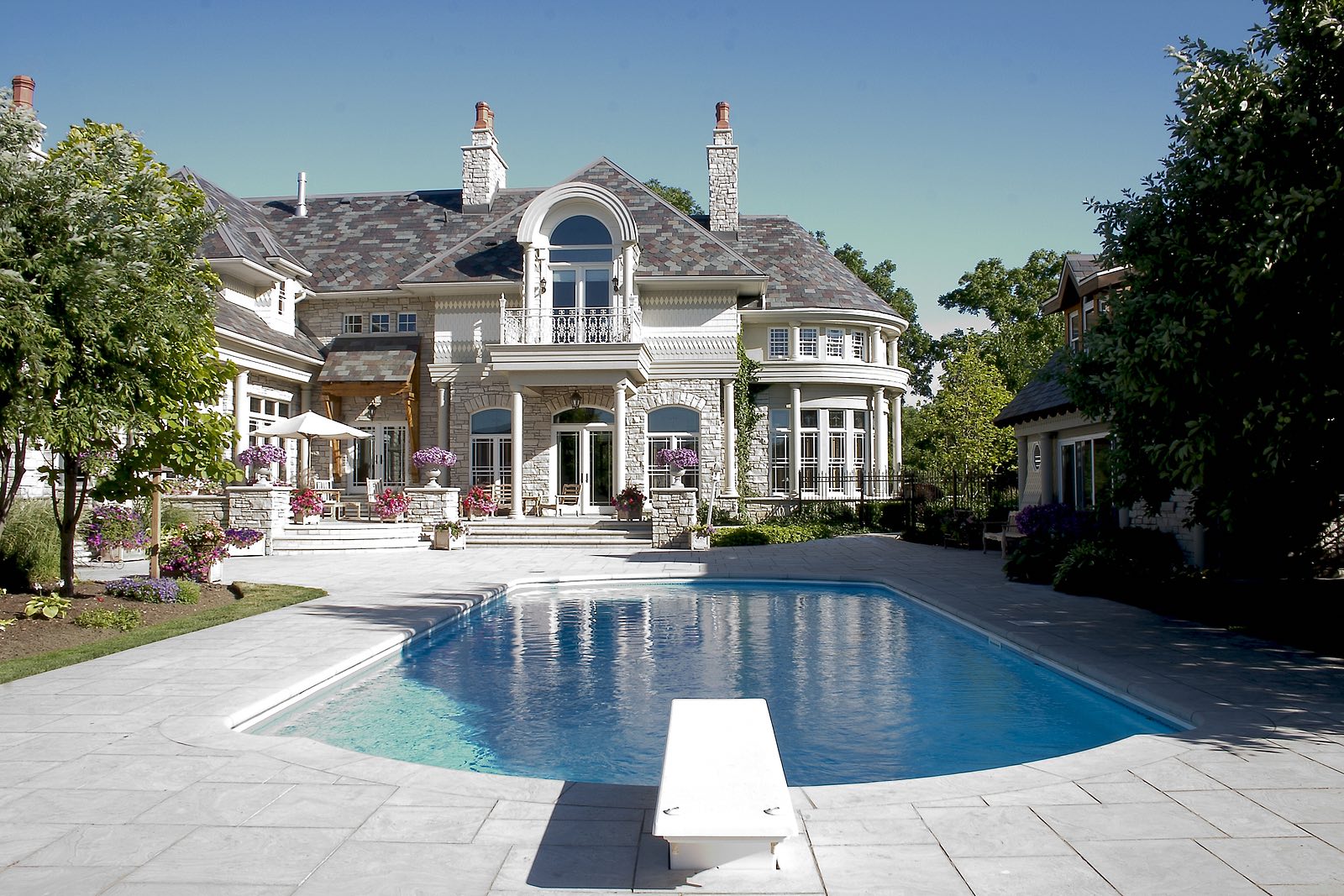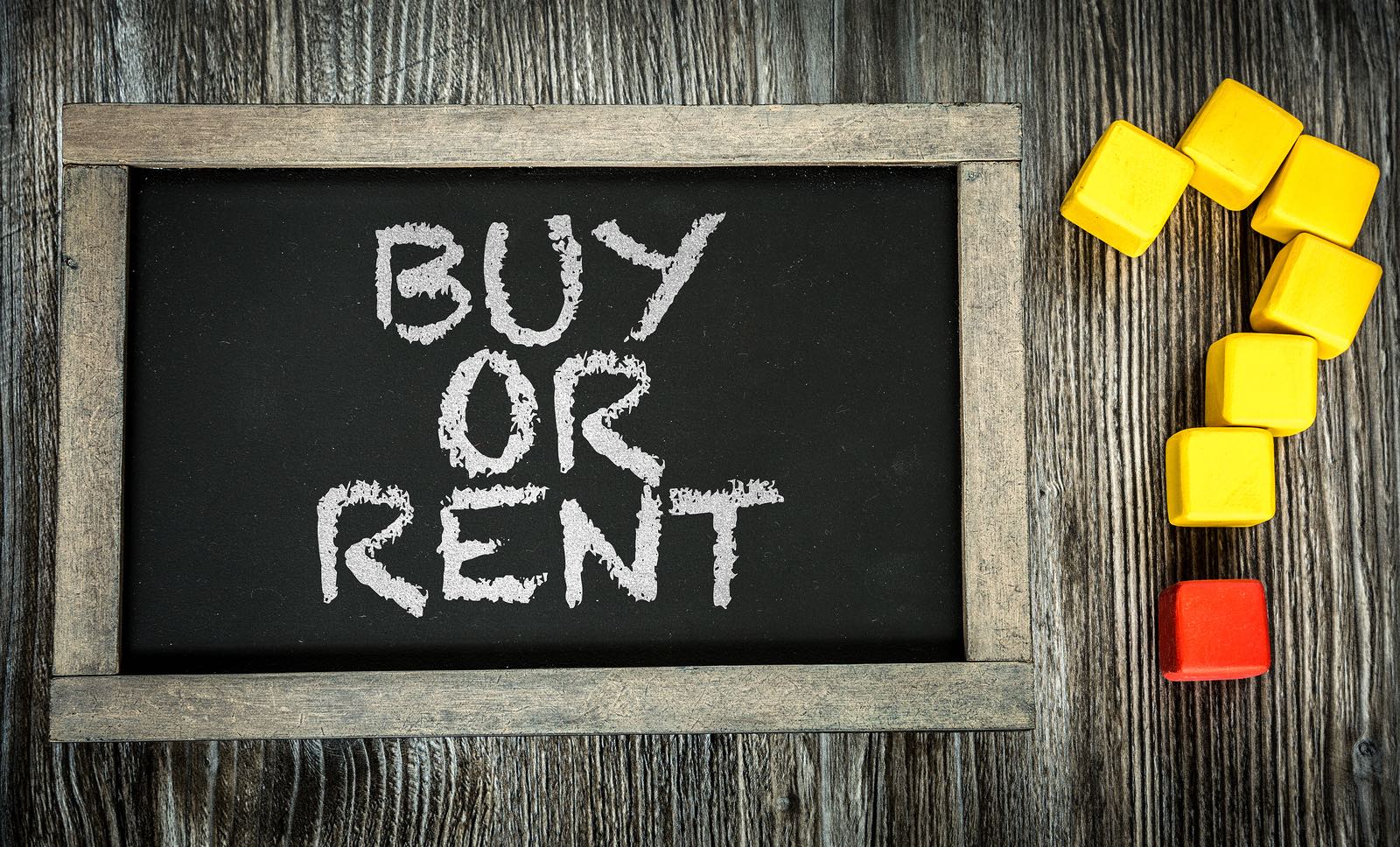
The rental market of today offers plenty of properties to suit the tastes of both city lovers and suburbanites. Renters just have to work out which location and lifestyle suits them best.
Is your dream rental property a cool townhouse in the heart of a vibrant city center? Or are you more suited to the more relaxed lifestyle and spacious properties available in the suburbs?
The suburbs versus the city has been debated by potential renters for decades. The suburbs tend to offer better schools, more space, and peace and quiet, while the city offers unmatched convenience, exciting city culture, and the cool factor of living in the heart of the metropolis.
Each location has positives and negatives to mull over. The most important factor is to choose the neighbourhood that best suites you and your lifestyle.
Monthly rental costs
Living in the city is very popular with today’s renters and the cost of renting a property downtown may seem more expensive than suburbia. However, surprisingly the average monthly rent of an urban property, $1,640, is actually cheaper than the average cost of renting a property in a suburban area, $1,695.
The monthly rental cost obviously depends on the location, some cities cost much more to live in an urban area.
How much space for your money: inside and out
Per square foot, the suburbs offer more space for your money. Urban properties cost $1.22 per square foot, while the suburbs are cheaper with an average cost of $1.04.
How much space do you need and how many rooms do you require? Do you want a spacious kitchen to prepare meals, or will a compact kitchen suffice. Do you mind having neighbours below and either side of your home, or do you require a more private property location?
Outdoor space is also a consideration. Urban apartments sometimes have a rooftop deck and a small pool, but suburban properties often have much more, and larger, outdoor facilities.
Do you like the idea of enjoying a sunny afternoon in your own spacious back yard, or is the idea of lounging on a balcony and watching the bustling city life below more appealing?
City homes don’t often include large private areas. However, you will be close by to the large public parks, museums and other exciting city locations to visit.
Transport and commuting
Do you own a vehicle? Do you like being able to walk to the shops, cafes, or the local bar?
These are considerations that you should take into account when deciding where you wish to rent. In the suburbs, a car can be essential and the costs of fuel and upkeep should be factored in. How long will it take you to drive to work and transport connections for commuting?
Parking is cheaper in the suburbs than in the city, but most city dwellers often do not need a car. Most urban areas have great public transport options and can be cheaper and often quicker than traveling by car.
Suburban and city schools
If you have children that attend school, this can be a major factor in your decision. On average, schools in suburbia tend to be regarded as better than schools in the city. However, this can vary by location and private schooling is an option if you can afford it.
Lifestyle choices
In the past, the suburbs used to lack the culture and shopping centers of the city, but times have changed and the suburbs offer much more than they use to.
Today’s suburbs, especially suburban areas close to big cities, have been developing into centers for shopping, eating, and more active pursuits.
You need to decide what best suits your lifestyle. Do you want to be within easy travelling distance of first class museums and vibrant late night music and entertainment areas? If you do, the city is probably a better fit for you.
However, if you’re more interested in restaurants and visiting cultural hubs every now and again, the suburbs may be more suited to you and your lifestyle.
Whether you are attracted to the bright lights of the bustling city, or the peace and quiet and white picket fences of suburbia, you have a lot of factors to consider before making your decision. Decide on the necessities for your home and local area, and what you would like from the location. Once you know what you want and need, you can find the property that is suited to your city life or suburban lifestyle.





